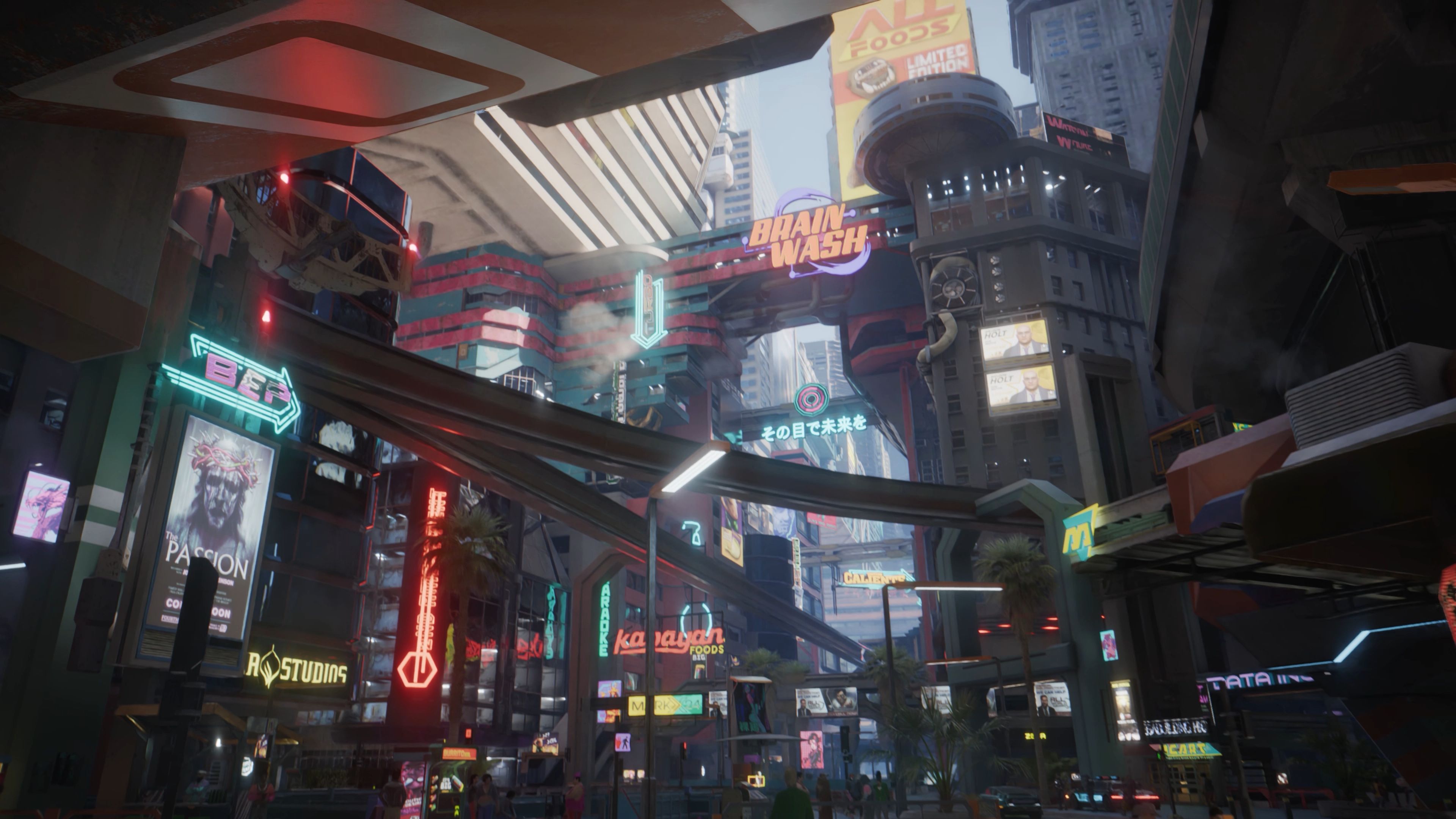Mastering the Trenches: A Flanking Guide to Cover Usage and Movement in Battlefield V
The whistle of incoming artillery, the rattle of a distant MG42, the desperate cries for a medic—this is the symphony of chaos that defines trench warfare in Battlefield V. For many players, these maps can feel like a brutal, static meat grinder, a futile exercise of running headlong into a wall of enemy fire. But what if you could turn these fortified labyrinths into your personal playground? The secret doesn't lie in having the quickest trigger finger, but in mastering the art of the flank. This guide is your comprehensive manual to breaking the stalemate. We will delve deep into the symbiotic relationship between intelligent movement and tactical cover usage, transforming you from cannon fodder into a ghost in the enemy's rear.
The Flanker's Mindset: Thinking in Three Dimensions
Before we even discuss the "how," we must first address the "why." A successful flanker operates on a different wavelength. Your primary objective is not to secure the most kills from the frontline, but to disrupt the enemy's flow, destroy their spawn beacons, and create new, unexpected angles of attack. You are a scalpel, not a sledgehammer. This requires patience, map knowledge, and a constant awareness of the mini-map. Watch where your team is clustered—that’s the expected attack. Your job is to go anywhere but there.
The Anatomy of Trench Cover: More Than Just Sandbags
In the context of Battlefield V trench flanking routes, not all cover is created equal. Understanding the nuances is the first step to survival.
- Hard Cover: This is your best friend. These are objects that will stop all bullets and most explosives. Examples include concrete bunker walls, large rock formations, and the reverse slopes of craters. When moving, your path should be a dotted line from one piece of hard cover to the next.
- Soft Cover: This includes wooden fences, thin sheet metal, and some sandbag emplacements. While they might block line of sight, they can be shot through by most weapons, especially LMGs and sniper rifles. Use soft cover for concealment, but never assume it will protect you in a firefight.
- Deceptive Cover: Crates and low walls can sometimes leave your head or feet exposed. Always be aware of what you're standing behind. The game's destruction system also plays a role here; a wall that is hard cover one moment can be blown apart the next, so never get too comfortable.
- The Ground Itself: Never underestimate the cover provided by the terrain. The irregular terrain of Battlefield V maps like Twisted Steel's swamp or the craters of Devastation offer natural dips and mounds. Going prone in a shell crater is often safer than hiding behind a destructible wooden barricade. This is a core component of effective movement in Battlefield V trench combat.
The Dance of Movement: Flowing, Not Sprinting
Movement is the engine of your flank. The player who sprints in a straight line is a predictable and easy target. Your movement must be fluid, unpredictable, and purposeful.
- The Sprint-Slide-Dive Mechanic: This is your most powerful tool for navigating open areas in Battlefield V. When you must cross an open space, sprint for a moment and then hit the crouch/prone button to perform a slide. As the slide ends, you can immediately go prone into a dive. This makes you a much harder target to hit than a player simply running. Use this to move between craters or from one trench line to another.
- The "3-Second Rule": A good rule of thumb is to never be exposed in the open for more than three seconds. If you can't reach your next piece of cover within that time, your route is likely too dangerous. Rethink your path.
- Hug the Shadows and Edges: The middle of the map is usually the kill zone. Mastering flanking maneuvers on WWII shooter maps means sticking to the periphery. Use destroyed buildings, overgrown foliage, and the less-traveled trench networks. On a map like Operation Underground, this means using the side tunnels instead of the central corridor.
Putting It All Together: A Practical Flanking Playbook

Let's synthesize these concepts into actionable strategies for a classic trench map: Devastation after the bomb has fallen.
- Step 1: The Initial Analysis. You spawn on your team's front line, which is heavily engaged at the church courtyard (Flag C). The direct route is a suicide run. Instead, you look at the flanks. To the left, there's a ruined building with a blown-out side; to the right, a series of craters and a collapsed tunnel.
- Step 2: Choosing Your Path and Initial Cover. You choose the right flank. Your first move isn't toward the enemy, but to a large piece of rubble just outside your spawn. This is your first hard cover. You pause for a second, listening and observing. You see tracers flying over the central area, confirming the enemy's focus.
- Step 3: The "Leapfrog" Advance. You spot a deep crater about 20 meters away. You sprint, slide, and dive into it. This is your next piece of cover. From the crater, you can now see a destroyed tank hull. That's your next destination. You don't just get up and run; you crawl to the edge of the crater, check for enemies, and then make the next quick dash. This leapfrog flanking technique is the core of safe advancement.
- Step 4: Infiltrating the Flank. You've now used the craters and the tank to move deep into the right side of the map. You're behind the enemy's frontline. You come across a shallow trench leading towards their spawn. Instead of running down it, you move slowly, crouched, using the trench walls for cover. You listen for footsteps and enemy chatter.
- Step 5: The Strike. You emerge near Flag D, which is lightly defended. You spot an enemy MMG camper facing away from you, toward the main fight. You easily dispatch him. You then place a spawn beacon in a hidden corner of the ruined building nearby. You have now successfully broken the enemy line, provided a new spawn point for your squad, and are in a position to capture a point from behind. This entire maneuver was a masterclass in tactical positioning for flanking in FPS games.
Class-Specific Flanking Tips
- Assault: Your job is to clear the path. Use dynamite and Panzerfausts to create new entrances in walls or destroy cover that enemies are relying on. Your versatile weaponry allows you to engage at most ranges encountered during a flank.
- Medic: The ultimate flanker. Your SMGs are perfect for the close-quarters combat you'll find in trenches. Your smoke grenade launcher is arguably the most important tool for a flank. Need to cross a deadly street? Pop two smokes, creating a moving wall of concealment. A fallen squadmate in the open? Smoke them first, then revive.
- Support: You can be a flanker or a flank-stopper. As a flanker, use your LMGs to suppress enemies your squadmates are engaging from the front. You can also use the building tool to fortify a position you've captured deep behind enemy lines, turning it into a hardpoint.
- Recon: Don't just sit on a hill. Use your spotting flare to clear your intended path of enemies before you move. The Pathfinder subclass allows you to use any team's spawn beacon, making you an incredible asset for setting up deep flanks for your entire team.
Advanced Concepts: The Psychological Flank
The most devastating flank is one the enemy never sees coming. Sometimes, the mere threat of a flank can be as effective as the flank itself. Fire a few shots from an unexpected angle and then displace. The enemy will be forced to turn their attention, creating openings for your team on the main front. This is the pinnacle of advanced FPS movement and positioning—using your presence as a weapon.
Remember, in the trenches of Battlefield V, the battlefield is not just the mud and wire in front of you. It's the entire map, and the enemy's mind. By moving with purpose, using cover intelligently, and striking from where you are least expected, you hold the power to single-handedly shift the tide of battle. Now, get out there, stop feeding the meat grinder, and become the flanker your team needs.














